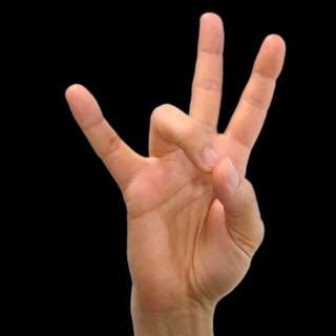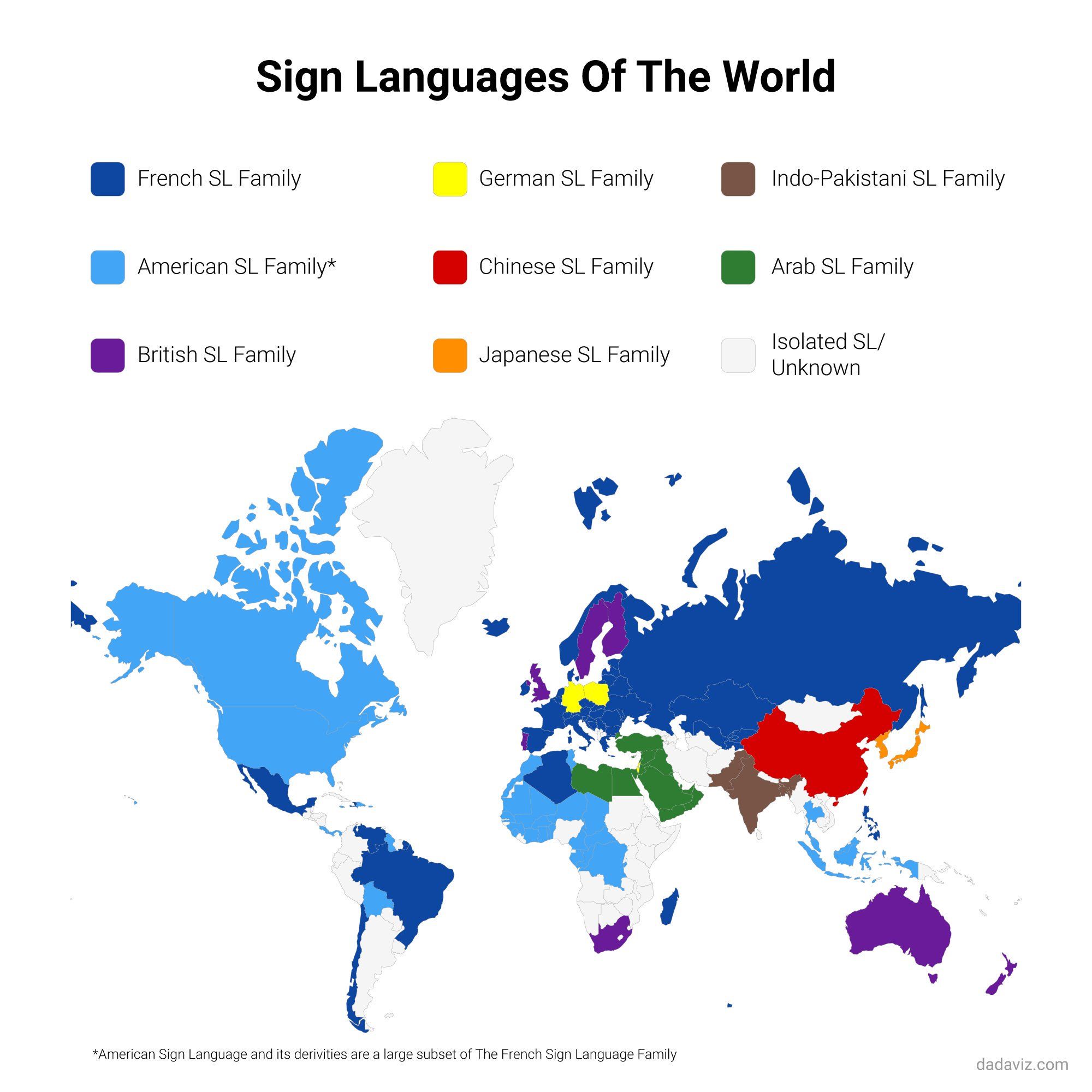Indian Sign Language: Yearning for recognition and more
As the 23rd Indian official language nod is awaited, a few sign language interpreters and a deaf right advocate share the positive changes that sign language interpretation looks forward to even as challenges persist.

A Public Interest Litigation (PIL) filed in the High Court for making Indian Sign Language (ISL) the 23rd official language of India is all set to be heard on March 26 this year. The PIL filed by National Association of the Deaf (NAD) and disability rights activist Nipun Malhotra and deaf rights advocate Dr. Alim Chandani, holds tremendous significance for more than 10 million deaf Indians.
Representatives of the community believe that it would result in “tremendous changes” in the education system, early intervention, employment opportunities and much more for the deaf community.
“It will automatically increase the interest and demand for quality sign language interpreters,” Surbhi Taneja, 26, an ISL interpreter mentions to Delhi Post on a WhatsApp group created for this story.
Co-petitioner of the PIL, Dr. Chandani underlines that the quality vs. quantity of interpreters needs to be taken into consideration.
“Deaf individuals put their trust on sign language interpreters for relaying the messages, since they are the voice. But the value of interpreters is not acknowledged in this country. From this perspective, once the value is recognised, more incentive and job opportunities would arise for the interpreters,” notes Dr. Chandani.
The visual representation of the language through its unique accent, style, way of using space to denote position, movement and time, choosing classifiers to denote objects and subjects, iconicity, non-manual markers to signify feelings and emotions, make a sign language interpreter’s job complex. “It is unbelievably complex and awe-inspiring but at the same time so natural and intrinsic,” shares 30-year-old Saurav Roychowdhury who works as an interpreter with deaf resource center Access Mantra Pvt Ltd in Delhi.
Also Read : Inclusive or Special needs education: The debate continues
The other member of the WhatsApp group is 26-year-old Manisha Sharma who works as a full-time interpreter in Office of the Chief Commissioner for Persons with Disabilities in the Delhi Government. Terming ISL as her “mother tongue” as she is a CODA (Child of Deaf Adults), Sharma says that though everyone has their own “accent and style”, the “broader objective is that the communication is clear and barrier free for both the parties”.
Even as the official language tag is awaited, sign language interpreters discuss the inherent challenges.
Ascertaining that it is important to have “more discourse on the nature and character of an interpreter with regards to working in the Indian settings”, Roychowdhury, who is trained in ISL and American Sign Language (ASL), explains that the interpreter needs to develop a balance of communication.
“Juggling promptness and politeness simultaneously with undertaking the responsibility of translating the message from sign language to spoken language and vice versa with careful judgment on chunking of information (without editing, deleting or modifying) into readily understood sentences or signed glosses/phrases requires balance,” he says.
“As a deaf and sign language user, Dr. Chandani highlights the challenges rooted within the deaf community including its lack of equality and rights.”
Engrossed into improving the professionalism of sign language interpreting in India, he alludes that “there is almost zero research/documentation on sign language interpreting in India”.
“There is barely any training on ethical guidelines of professional interpreting or providing professional development on legal or medical interpreting skills. Added to it, there is lack of mentorship or team support among the interpreters,” opines 40-year-old Dr. Chandani who started to use ASL at the age of 21 years and picked up ISL only in the last two years.
Also Read : Technology as an enabler: Artificial Intelligence for Accessibility
Roychowdhury goes on to underline that academic and cultural guidance in terms of mentorship, shadowing, feedback, trainings, sensitisation, contemporary research and resource library, and ethics of professional conduct are the greatest challenges for an active and practising interpreter like him.
“Notably, lately the Government has been proactive with its “promises”, say providing interpreters at government meetings and workshops.”

In a first, starting August 2019, Diploma in ISL Interpretation (DISLI) course from Social Justice & Empowerment Ministry’s ISLRTC (Indian Sign Language Research and Training Centre) has been converted into a two-year course instead of a year-long course.
“Learning a new language requires much more than a year. Two-year learning instead of one is a good change as it would require more training,” states Dr. Chandani.
“ISLRTC also launched the second edition of the ISL dictionary with 6,000 words under the categories of academic, legal, medical, technical and everyday terms.”
Roychowdhury, who happens to lay his hands on the dictionary, applauds the “phenomenal effort”. “So many terms described and explained by deaf instructors. I think, it is a very impressive resource,” he notes.
Around 1,000 videos of signs that are used in everyday life and situations have been uploaded on ISLRTC’s YouTube channel and the rest are in the process of being uploaded.
Recently, Information and Broadcasting Ministry also recently notified all TV channels to ensure all kinds of programmes contain sign language interpretation.
Applauding the move, Dr. Chandani mentions, “This is a great accessible use for the deaf community who cannot read and write due to being language deprived (two million deaf children are facing this due to the fact that teachers and parents do not use sign language to communicate).
“However, the question that arises is, will TV channels have a screening process for selecting interpreters by the deaf experts?”
A prominent sign language user complained recently when he couldn’t understand the news being translated on a prominent news channel. “How can the other TV channels select interpreters when they have no knowledge of who is qualified and who isn’t? This is another challenge of having no process in place for selecting interpreters in various scenarios,” laments Dr. Chandani.
Perhaps, against all odds, recognition of their language is just the tip of the iceberg for the deaf community.
